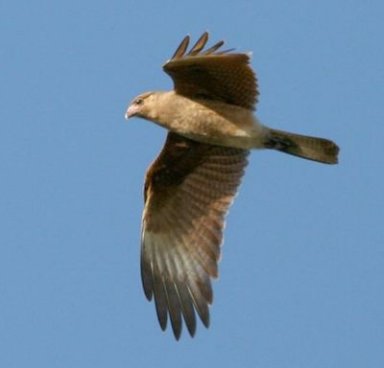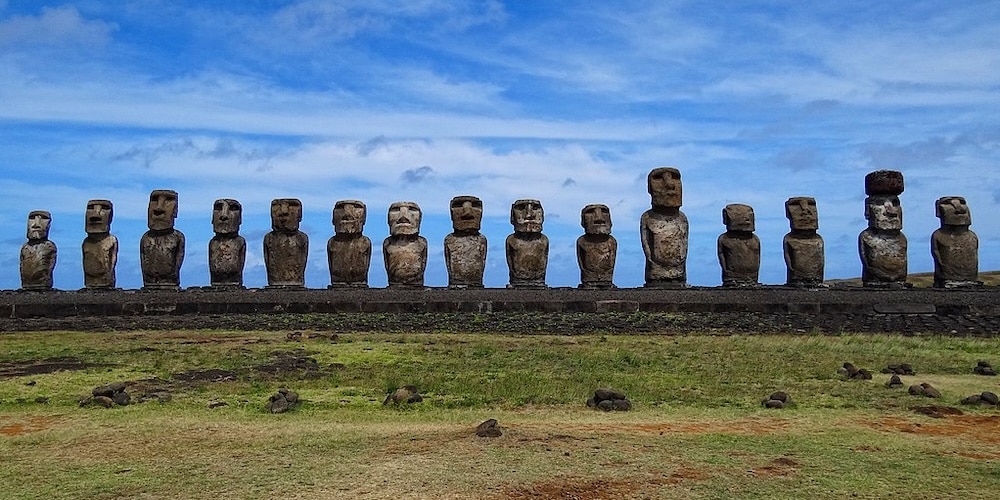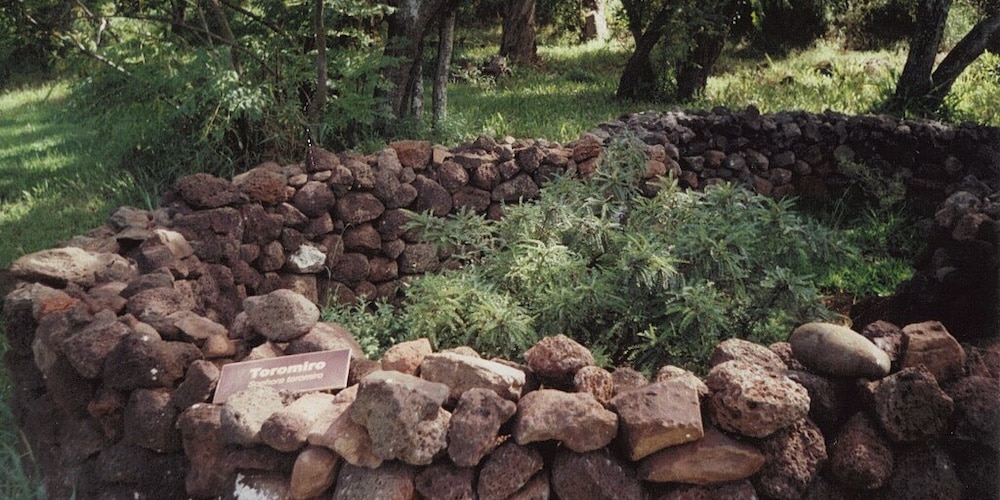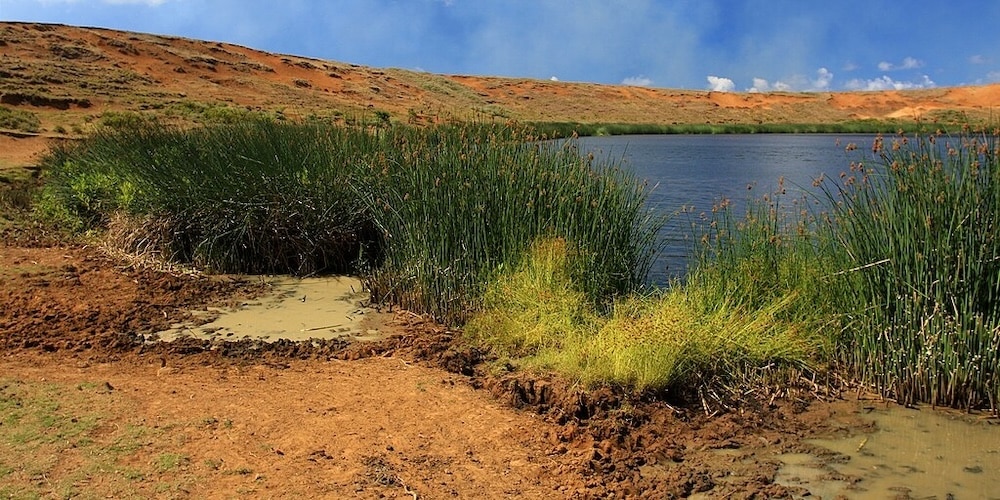Easter Island

Easter Island aka Rapa Nui, is an island and special territory of Chile in the southeastern Pacific Ocean, at the southeasternmost point of the Polynesian Triangle in Oceania. It is one of the world’s most isolated inhabited islands. Its closest inhabited neighbour is Pitcairn Island, 1,931 km (1,200 miles) to the west. The nearest continental point lies in central Chile near Concepción, at 3,512 kilometres (2,182 miles).
The island is renowned for its nearly 1,000 extant monumental statues, called moai, which were created by the early Rapa Nui people. UNESCO named Easter Island a World Heritage Site, with much of the island protected within Rapa Nui National Park. It covers just 163.6 km2 (63.2 square miles) and is home to around 8.000 people. The island is about 24.6 km (15.3 mi) long by 12.3 km (7.6 mi) at its widest point; its overall shape is triangular. It has a maximum elevation of 1,663 feet above mean sea level. There are three Rano (freshwater crater lakes), at Rano Kau, Rano Raraku and Rano Aroi, near the summit of Terevaka, but no permanent streams or rivers.

Moai – ©Bjørn Christian Tørrissen CC BY-SA 3.0 via Wikimedia Commons
Easter Island is a volcanic island, consisting mainly of three extinct coalesced volcanoes: Terevaka (altitude 507 metres) forms the bulk of the island, while two other volcanoes, Poike and Rano Kau, form the eastern and southern headlands and give the island its roughly triangular shape. Lesser cones and other volcanic features include the crater Rano Raraku, the cinder cone Puna Pau and many volcanic caves including lava tubes. Poike used to be a separate island until volcanic material from Terevaka united it to the larger whole. The island is dominated by hawaiite and basalt flows which are rich in iron and show affinity with igneous rocks found in the Galápagos Islands.
The climate is classified as a tropical rainforest climate that borders on a humid subtropical climate. The lowest temperatures are recorded in July and August (minimum 15 °C) and the highest in February (maximum temperature 28 °C) the summer season in the southern hemisphere. Winters are relatively mild. The rainiest month is May, though the island experiences year-round rainfall. Easter Island’s isolated location exposes it to winds which help to keep the temperature fairly cool. Precipitation averages 44 inches per year. Occasionally, heavy rainfall and rainstorms strike the island. These occur mostly in the winter months (June to August). Since it is close to the South Pacific High and outside the range of the Intertropical Convergence Zone, cyclones and hurricanes do not occur around Easter Island. There is significant temperature moderation due to its isolated position in the middle of the ocean.
Birding Easter Island
Easter Island, together with its closest neighbour, the tiny island of Isla Salas y Gómez 415 km farther east, is recognised by ecologists as a distinct ecoregion, the Rapa Nui tropical moist broadleaf forests. The original forests are now gone, but paleo-botanical studies of fossil pollen, tree moulds left by lava flows, and root casts found in local soils indicate that the island was formerly forested, with a range of trees, shrubs, ferns, and grasses. A large extinct palm, Paschalococos disperta, related to the Chilean wine palm Jubaea chilensis, was one of the dominant trees as attested by fossil evidence. Like its Chilean counterpart it probably took close to 100 years to reach adult height. The Polynesian rat, which the original settlers brought with them, played a very important role in the disappearance of the Rapa Nui palm. The remains of palm stumps in different places indicate that humans caused the trees to fall because in large areas, the stumps were cut efficiently.

Toromiro Reintroduction – ©Torbenbrinker CC BY-SA 3.0 via Wikimedia Commons
The Royal Botanic Gardens, Kew and the Göteborg Botanical Garden are jointly leading a scientific program to reintroduce the toromiro to Easter Island. With the palm and the toromiro virtually gone, there was considerably less rainfall as a result of less condensation. After the island was used to feed thousands of sheep for almost a century, by the mid-1900s the island was mostly covered in grassland with nga’atu or bulrush Schoenoplectus californicus tatora in the crater lakes of Rano Raraku and Rano Kau.

Rano Raraku – ©TravelingOtter CC BY 2.0 via Wikimedia Commons
Before the arrival of humans, Easter Island had vast seabird colonies containing probably over 30 resident species, perhaps the world’s richest. Such colonies are no longer found on the main island. Fossil evidence indicates six species of land birds (two rails, two parrots, one owl, and one heron), all of which have become extinct. Five introduced species of land bird are known to have breeding populations – Chilean Tinamou, Chimango Caracara, Diuca Finch, House Sparrows and Rock Pigeons. However, what Easter Island lacks in land birds, it makes up for in seabirds. The most exciting bird adventure on Easter Island… a boat ride to Motu Iti and Motu Nui where the seabirds nest. One can view Brown Noddy, Masked & Brown Booby, Kermadec, Henderson & Herald Petrels and Great Fragatebirds among others. Waders can turn up anywhere. Whilst the native landbird populations are extinct the outlook for seabirds is more secure.
-
Number of bird species: 57
-
Avibase
PDF ChecklistThis checklist includes all bird species found in Easter Island , based on the best information available at this time. It is based on a wide variety of sources that I collated over many years. I am pleased to offer these checklists as a service to birdwatchers. If you find any error, please do not hesitate to report them. -
Wikipedia
Annotated ListThis is a list of the bird species of Easter Island. The avifauna of Easter Island (Rapa Nui) include 51 species, of which 6 have been introduced by humans.
-
Rapa Nui National Park
WebpageSatellite ViewThe Rapa Nui National Park covers approximately 40% of the island and incorporates an ensemble of sites that is highly representative of the totality of the archaeological sites and of the most outstanding manifestations of their numerous typologie
-
Albatross
Tour OperatorThis tour makes the most of the fantastic seabirds, as well as other attractions on this magical island. We’ll be accompanied by a native guide that will lead us through Rapa Nui’s history and also visit the main archaeological sites, where we the colossal Moai statues stand. -
Birdwatching Chile
Local Tour OperatorEaster Island had vast seabird colonies containing probably over 30 resident species, perhaps the world's richest! Such colonies are no longer found on the main island, but they are coming back! On the motus we´ll be able to find up to 5 species (possibly 6) of Pterodroma Gadfly Petrels and other seabirds (around 7 species), plus the chance to see some landbirds (all introduced), including Chilean Tinamou (endemic to Chile), Chimango Caracara and Common Diuca-Finch, among others. All this in an island that is "supposed to have no birds."
-
2019 [01 January] - Sunrise Birding
Report...We enlivened the birding considerably by going out on 2 boat trips to the small Motu islands. Here we enjoyed many petrels. boobies and frigatebirds...
